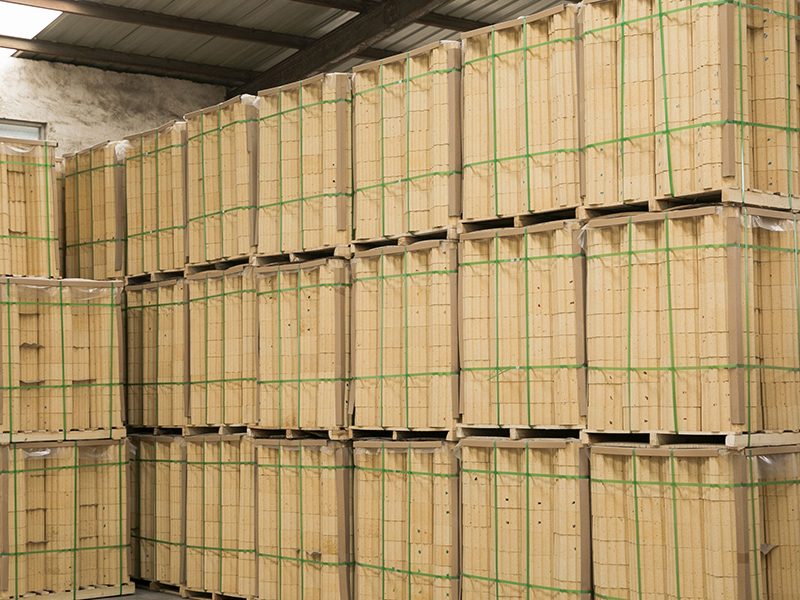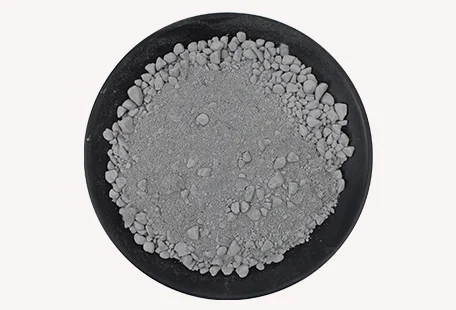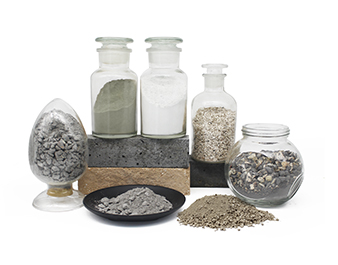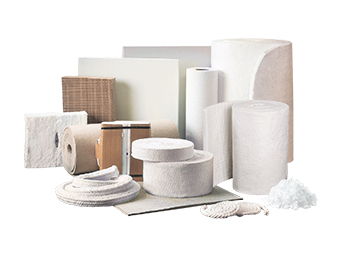I. Introduction to Refractory Materials
Refractory materials are inorganic non-metallic materials that maintain strength and stability at high temperatures. They are widely used in metallurgy, cement, power, petrochemical, and environmental protection industries. Main types include high-alumina bricks, clay bricks, refractory castables, refractory cement, insulating bricks, and calcium silicate boards, which are important components of industrial furnaces and kilns.

II. Main Products and Characteristics
High-alumina bricks: Al₂O₃≥48%, high refractoriness, good slag resistance, commonly used in steel ladles and rotary kilns.
Clay bricks: Economical and practical, refractoriness 1580–1770°C, suitable for furnace linings and flues.
Refractory castables: Easy to construct, suitable for monolithic casting and repair.
Insulating bricks and calcium silicate boards: Lightweight and efficient, suitable for insulation of pipelines and furnace exterior walls.
Refractory cement (CA50/CA70): High strength, high temperature resistance, used as a binder and repair material.

III. Applications and Development Trends
Refractory materials are widely used in steel converters, cement kilns, boilers, incinerators, pyrolysis furnaces, and other equipment. With increasing demands for energy conservation and environmental protection, the market favors lightweight, energy-efficient, low-porosity, and chromium-free environmentally friendly refractory products.
The global refractory materials market maintains an annual growth rate of approximately 3%–4%. Demand is strong in Asia, with China, India, and the Middle East being the main growth drivers. Intelligent manufacturing and green production are becoming new directions for the industry.
IV. Conclusion
Refractory materials are the “protective shield” of high-temperature industries, and their performance directly affects equipment lifespan and energy efficiency. Understanding material characteristics and making appropriate selections will help enterprises achieve stable, safe, and energy-saving production goals.





